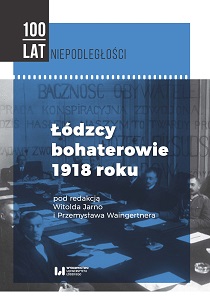
We kindly inform you that, as long as the subject affiliation of our 300.000+ articles is in progress, you might get unsufficient or no results on your third level or second level search. In this case, please broaden your search criteria.

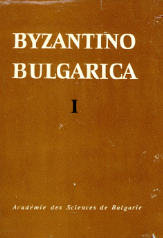
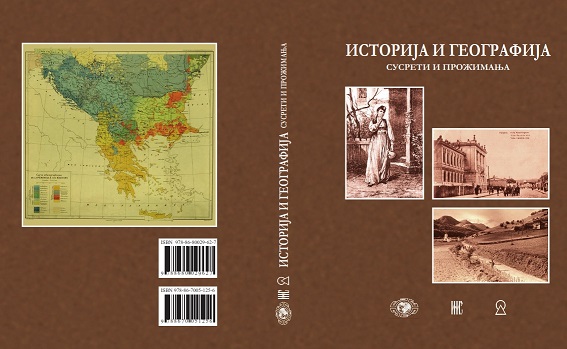
Suburbs with non-agricultural population, which have no city functions, are formed in the closest gravitational sphere of the cities. One of the examples of such settlements is Veternik, a settlement in the gravitational area of Novi Sad, which was formed shortly after the World War I. The subject of the research is an overview of the development of Veternik as a typical suburban settlement. Considering the location, history, population, migration characteristics and features of the Veternik settlement, the goal is to discuss the development of the periurban area of Novi Sad.
More...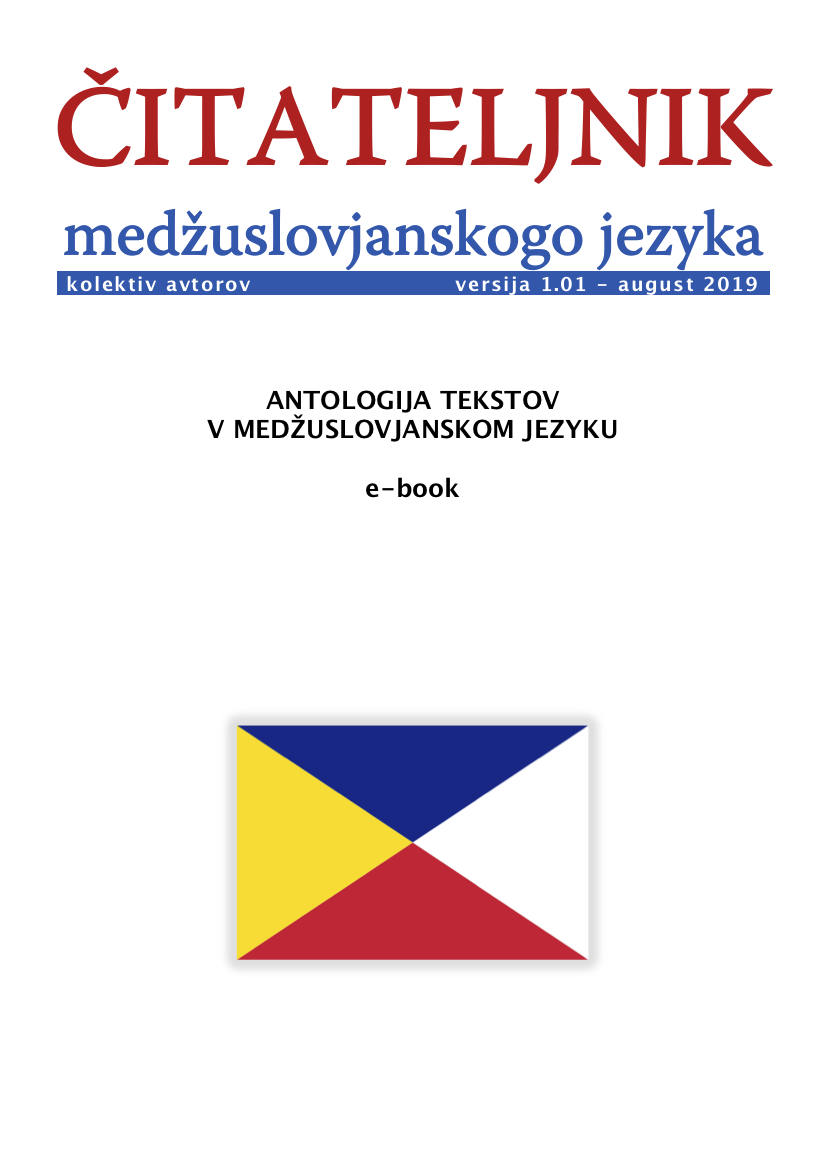
This is a chapter of the Interslavic reader which is a collection of working texts for teaching the Interslavic language. / Tuto jest kapitola iz čitateljnika, ktory jest spisok tekstov do učenja medžuslovjanskogo jezyka.
More...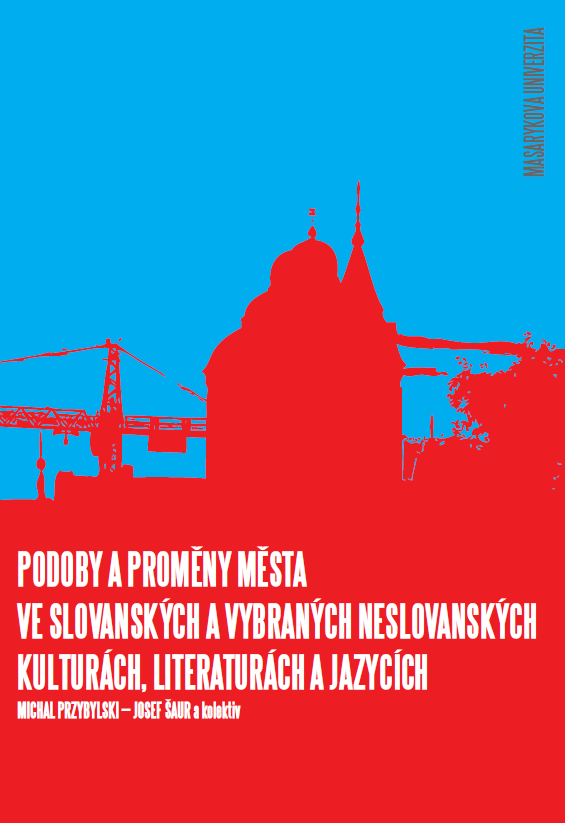
In the chapter Vukovar: The City with a Human Face, Marek Čorba describes selected moments from Vukovar’s past and present, important Vukovar citizens, and the city’s literary heritage. Regarding this heritage, he focuses on journalist Siniša Glavašević (1960–1991), whom he presents as the author of the short story collection Priče iz Vukovara. He then presents and briefly analyzes several stories from that collection.
More...
The chapter entitled The Wave of Ottoman Nostalgism in Modern Pristina, authored by Martin Surovčák, covers the oriental appearance of the Kosovan capital before World War II and the unsuccessful urban experiments of the 1950s that drastically changed its face. In recent times, one can ever more frequently encounter feelings of nostalgia towards the old Pristina and a longing to come at least a little closer to the atmosphere of days long past. This trend is visible, for example, in the restoration field. Also, in recent years several books of photographs and memoirs from old Pristina have been released.
More...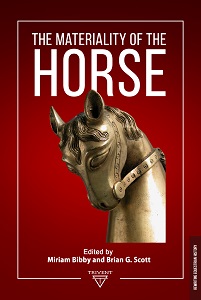
This article brings together and analyzes several historical sources to argue that an equestrian culture or horse nation emerged (albeit briefly) among certain indigenous groups known as Tapuya in the sertão badlands of northeastern Brazil. Based on Portuguese and Dutch accounts from the sixteenth and seventeenth centuries, I suggest that while the expansion of cattle ranching in this region was certainly marked by violence and brutality, this movement also permitted Amerindian peoples to make various connections and carry out a number of new activities including incorporating the horse and technologies associated with raising and riding horses, and to use these resources in pursuing indigenous social, economic and political goals.
More...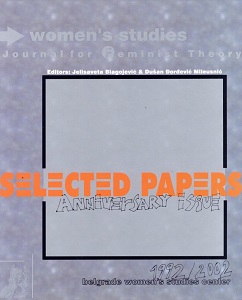

Women were prominent within the anti-war movements and pacifist circles throughout history-even when the wars they opposed were widely considered holy, as in the Middle Ages.1 Closer to our time, there was a high presence of women in both 19th- and 20th-century pacifist and anti-war movements. Finally, the notable prevalence of women in peace movements on different sides involved in the Yugoslav War-in Belgrade, Zagreb and Sarajevo-was one of the more conspicuous features of this conflict.
More...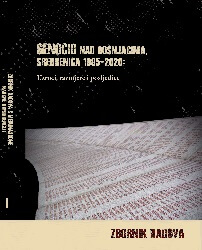
Based on published material, preserved pictures and videos, and the testimonies of survivors and witnesses of everyday life, this paper presents an overview of religious life in Srebrenica and Žepa in the period 1992–1995.
More...
Svjedočenje ovog počinioca, možda kao nijedno drugo, otkriva lice genocida, njegovo prazno, bezdušno lice. Kad su počinioci ugledali dječaka, vidjeli su ljudsko biće, stali su i spustili automatsko oružje. Prestali su činiti zlo, jer su u tom trenutku shvatili kakvo je to, ustvari, bilo zlo. Moramo se zapitati: Šta se dogodilo s dječakom koji je tražio svoga oca? Je li ubijen? Jesu li ga počinioci poštedjeli? Nihilizam genocida tjera nas da pretpostavimo da je dječak ubijen zajedno sa svojim ocem. Mržnja unutar samog genocida je sveukupna. Njena negativnost tjera nas da mislimo najgore i tjera nas u crnu rupu svoje monstruoznosti. [...]
More...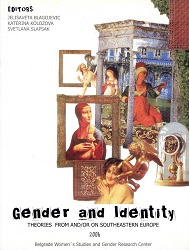
THE PAPER EXAMINES THE SOCIAL, POLITICAL, LEGAL AND CULTURAL CONSTRUCTIONS OF WOMAN’S IDENTITY IN POST- WORLD WAR 2 SLOVENIA. IN FORMER YUGOSLAVIA, SOCIALIST DOCTRINE DISASSOCIATED ITSELF SHARPLY FROM WESTERN FEMINISM THAT IT SAW AS AN IDEOLOGICAL OUTLET OF THE BOURGEOIS CONSCIOUSNESS. INSTEAD, THE »WOMAN'S QUESTION« WAS PROMOTED AS, IN THE WORDS OF THE LEADING POST-WAR SLOVENE IDEOLOGUE VIDA TOMSIC, AN INTEGRAL QUESTION OF OVERALL MATERIAL AND SOCIAL PROGRESS. HOWEVER, SCHOLARS OF GENDER IN THE FORMER SOCIALIST BLOC HAVE ARGUED THAT IN THE EFFORTS TO CONTROL WOMEN'S ROLE IN SOCIETY, THE OFFICIAL DISCOURSE AND POLITICS CREATED A SPECIFIC SOCIALIST DICHOTOMY BETWEEN THE PRIVATE AND THE PUBLIC SPHERE WHICH WAS THE EXACT OPPOSITE OF THE WESTERN SOCIETIES: WHEREAS IN THE WEST, THE FEMINIST DISCOURSES LOCATED THE PUBLIC SPHERE AS THE SITE OF THE STRUGGLE FOR GENDER EQUALITY, AND STROVE TO LIBERATE WOMAN FROM HER »DOMESTIC CONTAINMENT«, IN THE SOCIALIST SOCIETY, IT WAS THE PRIVATE SPHERE WHICH PRESENTED ITSELF AS A SPHERE OF FREEDOM AND RESISTANCE. ISOLATED FROM STATE IMPOSED POLITICS OF »WOMAN'S LIBERATION« IN THE WORKPLACE, THE SPHERES OF FAMILY LIFE AND DOMESTICITY OFFERED TO WOMEN AN IDEOLOGICAL SANCTUARY TO CONSTRUCT THEIR OWN IDENTITIES AS WELL AS A TERRAIN TO CONTEST THE SOCIALIST PARADIGM OF WOMANHOOD. THE PAPER LOOKS AT THE IDEOLOGICAL AND CULTURAL COMPLEXITIES OF THIS DICHOTOMY OF GENDER FROM THE SPECIFIC VANTAGE POINT OF SOCIALIST SLOVENIA. IT DEFINES A DISTINCT GEO-POLITICAL AND ECONOMIC POSITION OF SLOVENIA AND DISCUSS THE INFLUENCE OF PARTY IDEOLOGY IN WHICH EYES WOMEN WERE MORE OR LESS ONLY COMRADES AND WORKING MOTHERS ON THE ONE SIDE AND WESTERN FEMINISM WHICH THESE WOMEN MOSTLY SAW AS DOUBLE-BURDENED AND DE-FEMINISED WOMEN ON THE OTHER AS WELL AS THEIR MULTI-CULTURAL EXPERIENCES OF EVERYDAY LIVES ON THE CONSTRUCTION OF WOMEN'S IDENTITY. IT ALSO ADDRESSES THE ROLE OF MASS CULTURE AND CONSUMERISM AS IMPORTANT SITES OF CONTESTATION AVAILABLE TO WOMEN IN THEIR DAILY LIVES ESPECIALLY THROUGH ADVERTISING AND WOMEN'S MAGAZINES. THE PAPER OBSERVES IDEOLOGICAL CLASHES BETWEEN SOCIALIST IDEOLOGY AND THE WESTERN-STYLE IMAGERY AS THEY STRUGGLE TO DEFINE WOMAN'S IDENTITY UNDER THE GROWING PRESSURE OF LIBERALIZATION AND DEMOCRATIZATION OF SOCIETY.
More...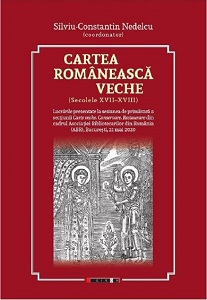
It is well known that the documents of the Principality of Moldova - starting with the reign of Roman I until the Union of Moldova with Wallachia - and those of Iassy County are kept at the National Archives of Iassy. However, only few people know that, since the creation of this institution, due to the donations of Gheorghe Asachi, the first director of the institution, the oldest public library of Moldova was born. Here, is preserved an interesting collection of old and rare books, consisting of nearly 300 volumes, printed in Romanian (with the Cyrillic alphabet), Latin, Italian, Greek, French, and Hebrew. From a thematic point of view, these volumes are mainly cult and theological books, but there are some of them of history, geography, jurisprudence, grammar or school. The oldest volume is the second edition of Fabio Frezza ‚s book, Massime, regole et precetti di stato et di guerra, published in Naples in 1616.
More...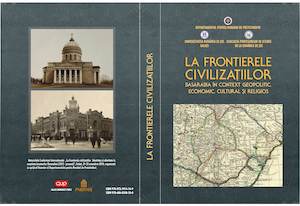
În anul 2006, istoricul bucureştean Constantin Rezachevici punea la dispoziţia cititorilor o nouă sursă istorică, descoperită de domnia sa încă la 1973, intitulată de către acesta condiţionat Cronica Moldovei de la Cracovia, sursă care, până la publicarea ei integrală, a fost utilizată de numitul autor pentru explicarea unor probleme din istoria Moldovei şi, drept consecinţă, a beneficiat de unele aprecieri ale altor istorici.
More...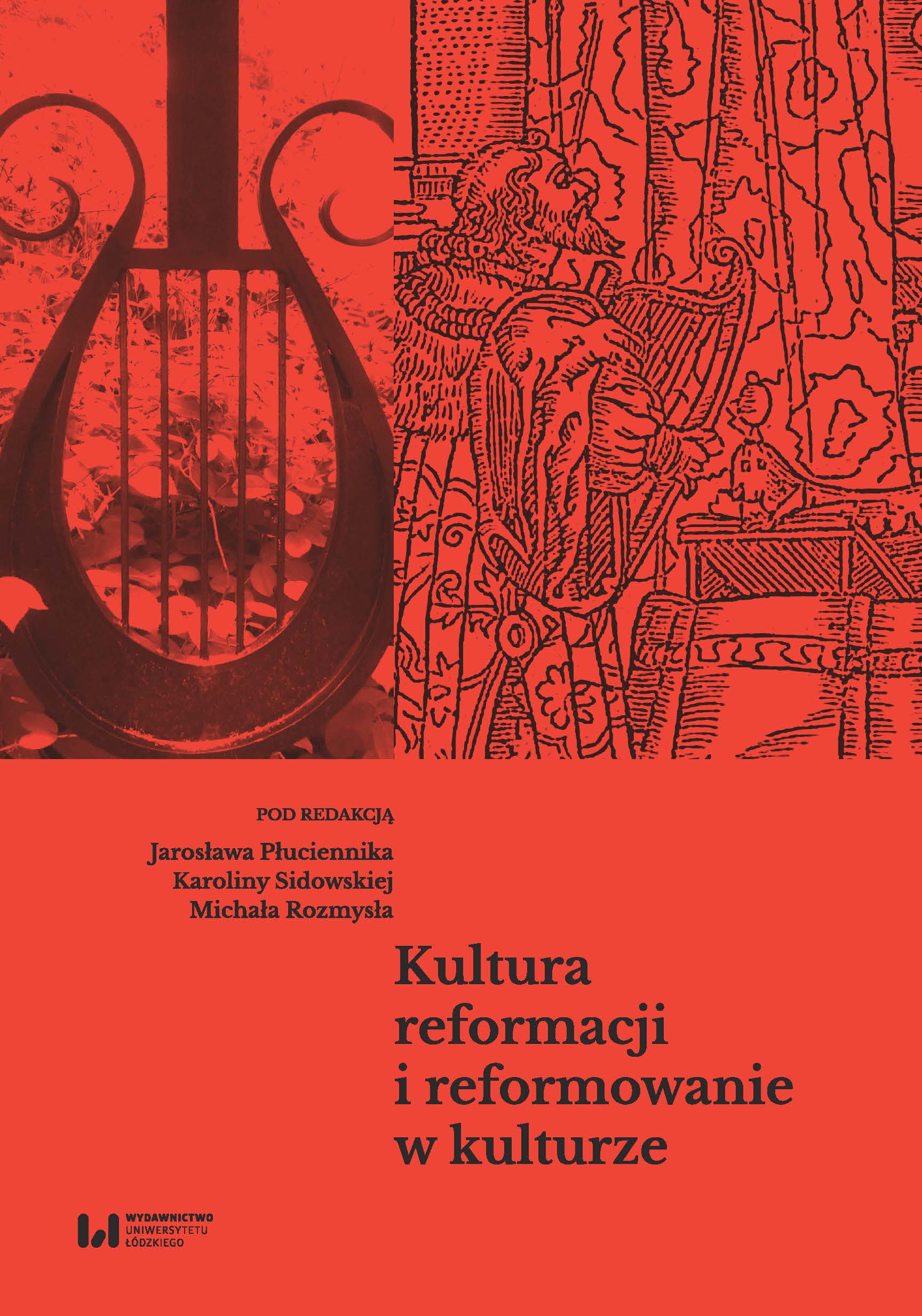
The social, educational and cultural activity of Łódź Evangelical Reformed Parish was described. Object analysis is covering the period 1888–1939. This congregation led diverse forms of the social activity (the care, the subsidiarity and the support) which were addressed not only to members of this religious community. The forms of the cultural work, taken in this Protestant congregation were: choirs, library, trips, readings, concerts, games. Organising the elementary school (1906–1919), was aspect of educational activity of this congregation. Mainly archive sources were used, largely documentation of the evangelical reformed parish in Łódź and the periodical press.
More...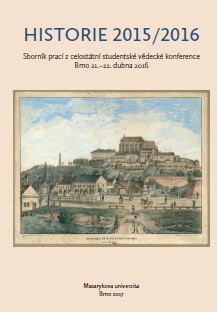
This work follows the influence of the proccess of raabisation on the creation of rural elites in Moravia in the second half of the 18th century with the life of vogt Frantisek Marek as an example. The first half of this work is concerned with the implementation of raabisation to a farm in Velký Týnec and the role of František Marek in it. The second part follows the changes in his life and the impact of raabisation on his family. He was the vogt of Velky Tynec in that time and capitalized on it aptly. He bought 2 out of 4 newly created estates in the name of his sons. He bought stable and stall as well. Because of that he received more than tenth of distributed lands. The rest of the land was distributed among poorer farmers so Marek was the only peasant who received fields. When the proccess of rabisation was finished he became the richest peasant in Velký Týnec. These gains helped him to increase earnings from his farm which enabled him not only to socially and economically secure his six sons but also to increse the prestige of the whole family. The work demonstrates the big impact of raabisation on a creation of rural elites on the example of Velký Týnec, i.e. a village with a specific role of administration. The work also partially shows changes of power structures after a liquidation of suzerain’s office at chateau in Velký Týnec.
More...
During the 19th century, Prague, the capital of Bohemia, became a major travel destination. A body of more than 160 extant travel guides bears witness to this development. Drawing on memory studies and modernization theory, this essay examines these travel guides to trace the changes of collective memory in the Central European urban setting at a time of dynamic change. This essay argues that the canon of Prague’s most important sights already existed in the early 19th century and its presence thus predated the emergence of the first modern travel guides. While the canon of Prague’s must-see sites remained surprisingly stable during the ‘long 19th century’, the collective memories attached to Prague’s spaces underwent a pronounced transformation. The ‘symbolic topography’ (M. Halbwachs) of Prague established on local Bohemian patriotism and associated most notably with the Vormärz Prague’s middle classes, disintegrated in the second half of the century. It eventually gave place to the conflicting collective memories of the Czech and German nationalist intelligentsia. Furthermore, the collective memories of various religious and professional groups also began to be articulated publicly and became accessible to travellers. A plurality of collective memories existing in the public sphere thus emerged as symbolic of modern open societies. All these memories, however, remained intrinsically linked to the same spaces of the historical city. The essay thus reveals the ambiguity of the relationship between diverse memories and spaces: while their content draws boundaries between individual groups, their form binds these communities together..
More...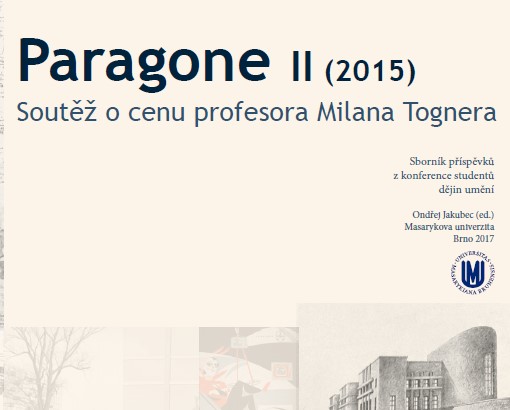
Kralovice leží asi čtyřicet kilometrů severně od Plzně, nedaleko cisterciáckého kláštera v Plasích. K plaskému klášteru se také primárně vztahují nejstarší písemné prameny, které ves Kralovice zmiňují. Velkým problémem při interpretaci renesanční přestavby kralovického kostela je velmi malé množství dochovaných písemných pramenů. Především z důvodu opakujících se požárů, kterými město ve své historii trpělo velmi často a to až do 19. století. Není doloženo ani přesné zahájení renesanční přestavby. Víme pouze, že objednavatelem přestavby byl Florian Gryspek z Griesbachu, nižší šlechtic pocházející z tyrolské šlechtické rodiny, jejíž původní sídlo leželo v Dolním Bavorsku.
More...
Následující příspěvek je vybrán z diplomové práce na téma Bytová výstavba Frýdku-Místku v období 1950–1990, zachycující toto město z pohledu urbánního vývoje, vzniku a utváření bytového fondu i jeho příslušenství a v neposlední řadě se zaměřujícího na etapy výstavby významných frýdecko-místeckých sídlišť. Samotný příspěvek se zaměřuje na přelomové období šedesátých let v kontextu a postojích dobové výstavby. Soustřeďuje se především na situaci městské části Místek, která ve Frýdku-Místku prošla zásadní proměnou jako první vybudováním sídliště Riviéra a dalších. Na vzhledu tohoto sídliště, vystavěného v letech 1963 až 1968, jsou patrny vlivy desetiletí zrající urbanistické praxe a názorů na organizaci sídlišť s úplně vybavenými obytnými celky, zajišťujícími komfort jeho obyvatel.
More...
Budova bývalého Federálního shromáždění se nachází v centru Prahy vedle Národního muzea. Vznikla razantní přestavbou areálu bývalé Pražské burzy peněžní a zbožní, ve kterém tou dobou sídlil parlament. Architektonická soutěž na ni proběhla roku 1966. Vítězně z ní vyšel návrh autorského kolektivu, který tvořil Karel Prager, Jiří Kadeřábek a Jiří Albrecht. Požadavkem soutěže bylo zachování objektu burzy z třicátých let od architekta Jaroslava Rösslera. Zároveň ale bylo třeba vytvořit dostatečné množství prostor vhodných pro parlamentní provoz. Tyto v podstatě protichůdné nároky vedly Karla Pragera (1923 –2001) k odvážnému architektonickému řešení. Nad starou budovu burzy vyzdvihl téměř autonomní kancelářskou budovu. Nástavba byla vytvořena z tzv. Vierendeelových nosníků, které se používaly při stavbě mostů. Tyto nosníky byly uloženy na čtyřech kloubech ve tvaru přesýpacích hodin, které vyrovnávají rozpínání kovové konstrukce vlivem tepla.
More...